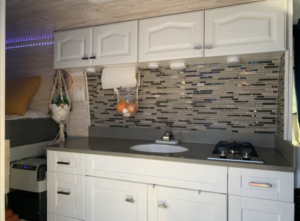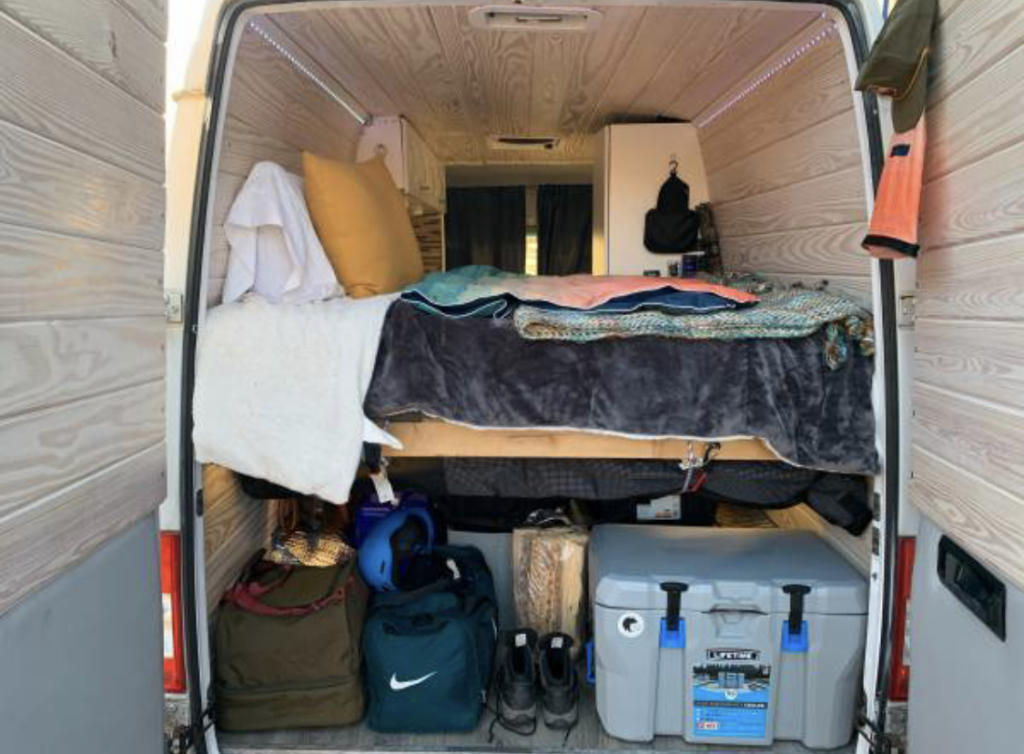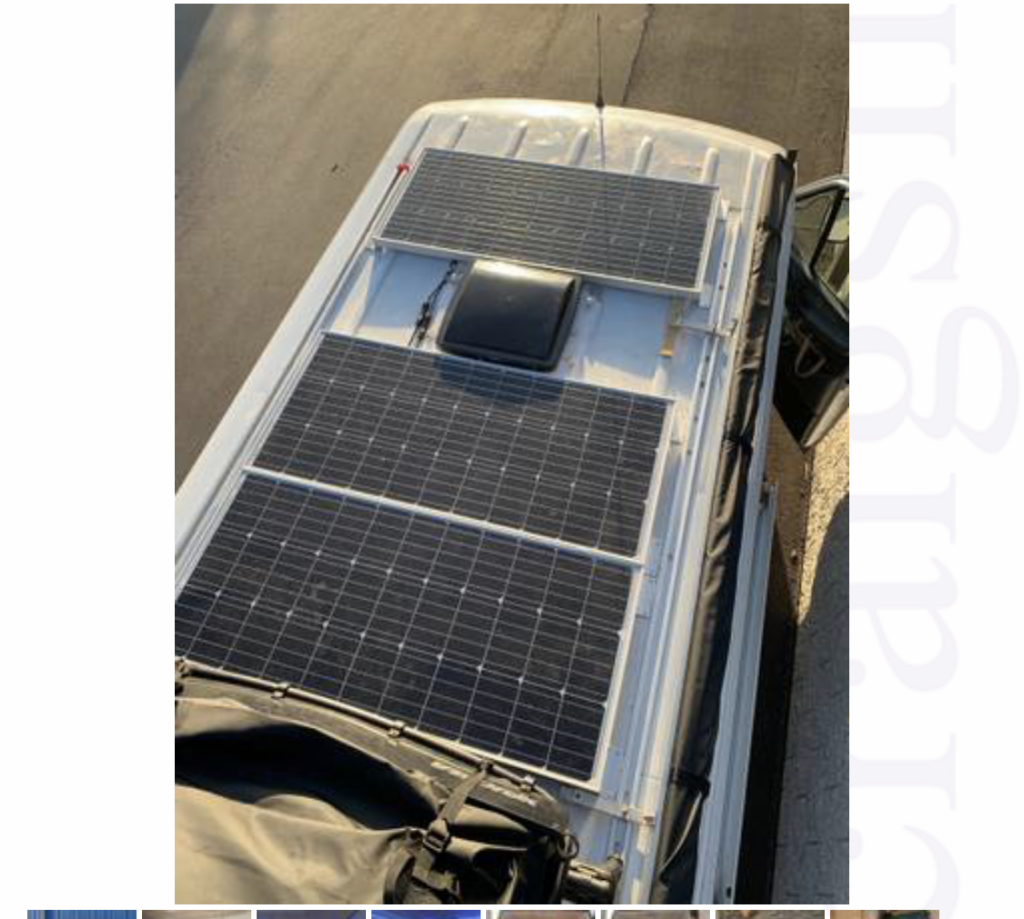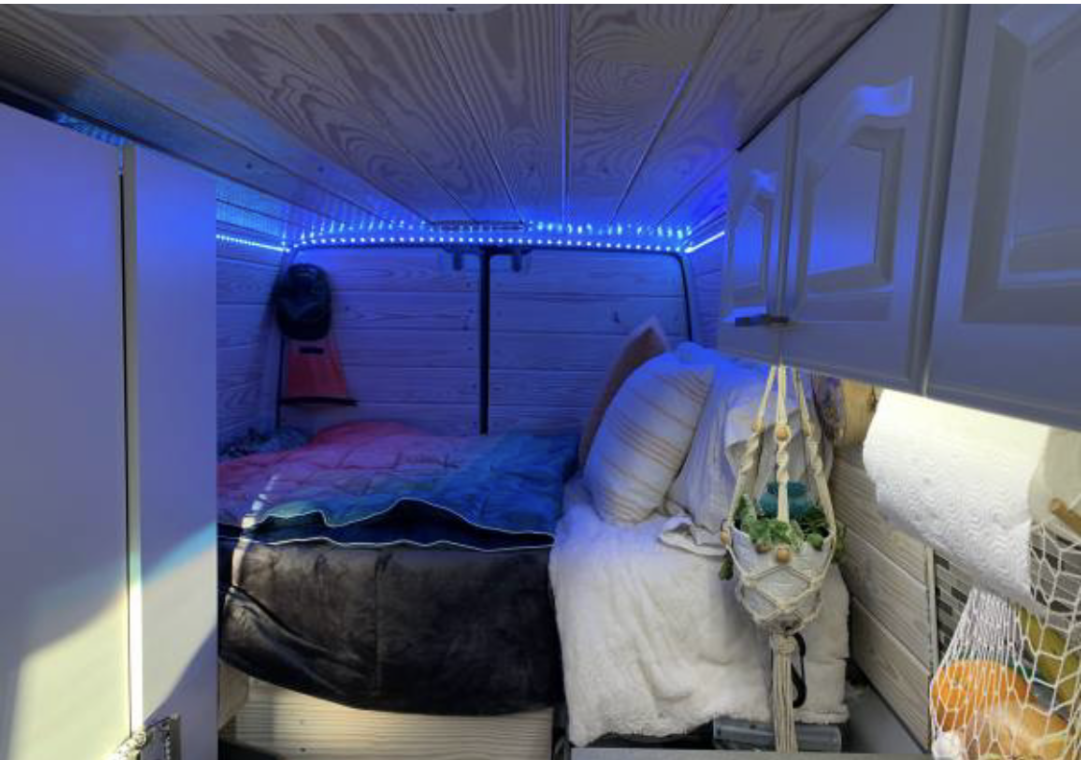One of the hardest parts about being a conservation detection doh handler is the travel. It’s not unusual for me to spend months on the road, living out of hotels and cooking on camp stoves in the parking lot. I may only have a few days at home to do laundry before packing again to head to a new field site. That works relatively well for me; I spent 18 months living out of my car while on an extended remote-work tour of the Americas. But hotels near field sites are often expensive, with sorry kitchens and endless pet restrictions. Even the best hotels are often far from field sites. And even for me, it’s exhausting to constantly unpack, repack, and live out of duffel bags.
Hotel life can be stressful for the working dogs as well; there are weird noises and smells. Construction workers or nearby dogs may disturb us at odd hours. Potty areas around hotels are often subpar, and I’m constantly worried about excess hair or muddy pawprints.
One of the first things I wanted to do as I started K9 Conservationists was to create a more sustainable solution for Barley, Niffler, and me during fieldwork. Since I normally drive a Prius, I knew we needed a field vehicle anyway. I also knew I was leaving Missoula in 2021 and wouldn’t return; it seemed convenient to find a field vehicle that could double as year-round housing for the dogs and me. While the Prius is excellent on gas mileage, it leaves a lot to be desired as far as clearance goes when accessing remote field sites.
I considered buying a truck and a pull-behind RV and set up Craigslist alerts for both in about 15 cities around the western US. I was in California at the time, and was happy to explore any options between California and Montana.
An RV would allow the dogs to always feel at home. We could park somewhere convenient for our fieldsites and with ample room for decompression walks. I’d never have to worry about housekeeping disturbing us on rest days. Perhaps best of all, I would never have to pack and re-pack: the RV would be my housing both in the field and “at home.” Home is where you park it, right?
As I was perusing Salt Lake City’s Craigslist, something that seemed simpler caught my eye: a 2006 Dodge Sprinter, fully kitted out with solar panels, a kitchen, an awning, and a bed with amazing under-bed storage. It was priced to sell; the young couple who had been living in it needed the cash so they could restart their lives after their vanlife COVID “sabbatical.” The van needed a new fuel injector and had a few rust spots, but was otherwise in excellent condition. Clearly, a lot of care had gone into the design and construction of the interior.

I reached out and was told there were several other interested buyers. Luckily for K9 Conservationists, each of them ended up not being able to secure loans and we were offered the van. My mother agreed to loan me $2,000 and the rest came from my personal savings (emptying my meager savings as a 27-year-old nonprofit worker). A friend in Salt Lake City inspected the van for me, and money changed hands in exchange for a title.
I was over the moon; K9 Conservationists now had a field vehicle and housing situation that would allow the dogs and I to travel in comfort and style. We would save money for our partners and funders by not needing housing. Now our dogs who detect data and I could provide our own field housing!

I started plans and preparations, excited to test the van for our summer of fieldwork in Nebraska. The dogs and I had scored a job searching for bat carcasses on wind farms, helping with environmental impact assessments. Looking forward to 2022, I have hopes of using the van for some endangered turtle nest detection work in the southeastern US and potentially big cat scat detection work in Latin America.
I picked up the van in Salt Lake City on my way home from California, dropped it off at a mechanic’s for the fuel injector repair, and headed home in the Prius with plans to fly back to Salt Lake City to collect the van in a few weeks.
A few weeks later, though, I got a devastating phone call. The mechanic asked if I was sitting down; never a good sign. He informed me that the fuel injector was in bad enough shape that it had ruined an engine cylinder. There’s no way that the sellers (or I) could have known this prior to the engine repairs, but things were not looking good.
He quoted the repairs at $24,000 for the repairs. That was more than what the van itself had cost me to purchase.
I was crushed. Had I just emptied my life savings for a van that would have to be totaled? I researched Lemon Laws, contacted the seller, and tried to dig into any other options I may have. Nothing was panning out. I spent a week researching Sprinter engine replacements, spending hours perusing engine repair forums and talking to a friend who worked as a diesel mechanic to explore options.

I decided to get a second opinion, and found a Sprinter specialist in Salt Lake City who could rebuild the engine for closer to $16,000. I took a deep breath, created a GoFundMe, and agreed to have the van towed to that shop for repairs. K9 Conservationists filed for nonprofit status in March, but as of May I still have no word on IRS approval – which means grant options are limited.
As of late May, We’ve raised over $6,000 towards our $17,000 fundraising goal. The van is FINALLY ready for pickup, after six weeks of repairs and stress. I fly down to pick it up 5 days after writing this.
While I’m incredibly relieved that the logistical side of this saga is nearly over, we still have a long way to go for fundraising. I’ve put over $10,000 in repairs on my personal credit card. While upcoming fieldwork will help offset that, I had hoped to use that money to purchase crash-proof crates for the dogs, get a GPS collar for Niffler, and replenish my savings, not pay down credit card debt.
You can support our field vehicle repairs here.
This has been a very challenging way to start off K9 Conservationists. I had not intended to start a conservation detection dog program in the midst of a pandemic, but was pushed into it by unexpected life changes. I never expected the van to need such extensive repairs so early on, and certainly wasn’t financially prepared to take on that cost.
Any help that you can offer is much appreciated – we are still fundraising! Even if you can’t donate, sharing our story is incredibly helpful. If you’d like to get something for your donation, consider supporting our merchandise campaign (all proceeds from these shirts fund our field vehicle repairs as well). My personal network is aware of the situation and has stepped up to support us beyond my wildest dreams! But we still need help.
 Donate
Donate

